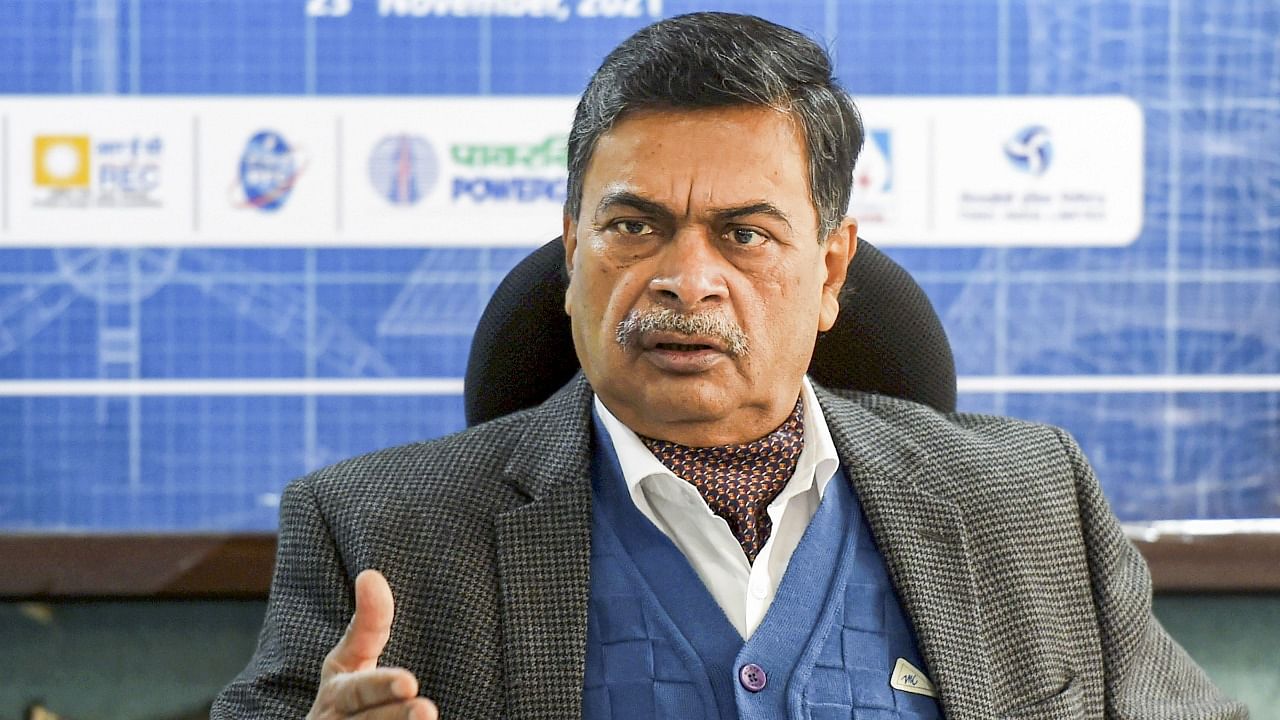
Union Power Minister R K Singh on Tuesday said electricity is available for about 22 hours per day in villages and 23.5 hours in cities across the country.
The availability of power in rural and urban areas has increased tremendously in comparison to 2014, he said while addressing a function here to mark the National Energy Conservation Day.
"Power is available for a duration of close to 22 hours and close to 23.5 hours in rural and urban areas respectively," Singh said.
"As you all are aware, one of the priorities of our government is to provide universal energy access at affordable prices and on a 24/7 basis," he added.
Singh further said in the recent few years, India has made significant progress in village electrification and providing electricity connections to households.
"We have brought total transformation in the past five years by adding 142 GW generation capacity, connecting the entire country into one grid, and achieving the vision of one grid, one market. India has been transformed from an energy deficit to energy surplus nation," he noted.
The minister also said the transformation is not just in capacity but also with respect to the energy mix, energy intensity and emission intensity.
India has achieved the Nationally Determined Contribution (NDC) target of having 40 per cent energy production from non-fossil sources, he pointed out.
"This achievement has happened way in advance of our target date. We have one of the lowest per capita emission in the world and in absolute terms it comes to 3 per cent of the total emissions," he added.
Also Read: Power consumption rises 3.6% in November
The minister also lauded the efforts of state-run Convergence Energy Services Ltd (CESL) for successfully running the Gram Ujala scheme.
Under the scheme, a target of distributing 10 lakh LED bulbs in five states was achieved by CESL.
Distributed in rural areas of Uttar Pradesh, Bihar, Karnataka, Telangana and Andhra Pradesh at a highly subsidised cost of Rs 10 in exchange for working incandescent bulbs, it heralds immense saving of energy as also savings for the consumer, Singh stated.
He also credited the Bureau of Energy Efficiency (BEE) for saving around 300 million tonnes of carbon dioxide by its various schemes like Perform, Achieve, Trade (PAT).
After second round of PAT, we have achieved emission reduction of 66 million tonnes per annum, he said.
"We are aimed at achieving 175 GW of renewable energy by 2022. 150 GW has been generated while 63 GW of renewable energy is still under generation. The decoupling between growth and energy consumption has happened, we have to push harder," the minister observed.
He also stressed on taking efforts to conserve energy.
One unit of energy saved results in one unit of energy generated, he said, adding that banks will have to realise that energy efficiency is not only good for the environment but also saves money.
On the occasion, Singh presented the 31st National Energy Conservation Awards (NECA) and the first National Energy Efficiency Innovation Awards (NEEIA).
Singh complimented the BEE for initiating the NEEIA to promote innovation in the energy sector.
The minister also released a standard and labelling programme for high-energy lithium-ion traction battery packs and systems.
Watch the latest DH videos here: